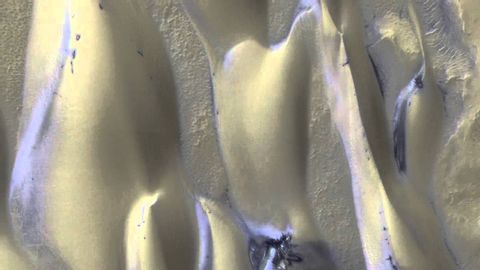火星ドライアイスと砂丘
VoiceTube が 2020 年 08 月 06 日 に投稿  この条件に一致する単語はありません
この条件に一致する単語はありません- n. (c./u.)目標を達成しようとすること;身体への不意打ち;何かについての冗談、または無礼なコメント;短くて予想外の大きな音;二つの物や部分の間の小さな隙間
- v.t./i.目標を目指す;ヒビを入れる:割る;冗談を言う;謎を解く;パリっとする音を出す;精神的に参ってしまう;ヒビが入る
US /ˈplænɪt/
・
UK /'plænɪt/
- n. (c./u.)惑星;世界;星
- prop. n.地球
- n. (c./u.)層;覆い;重ね着;地層
- v.t.層にする
- n. (c.)採卵鶏
エネルギーを使用
すべての単語を解除
発音・解説・フィルター機能を解除
